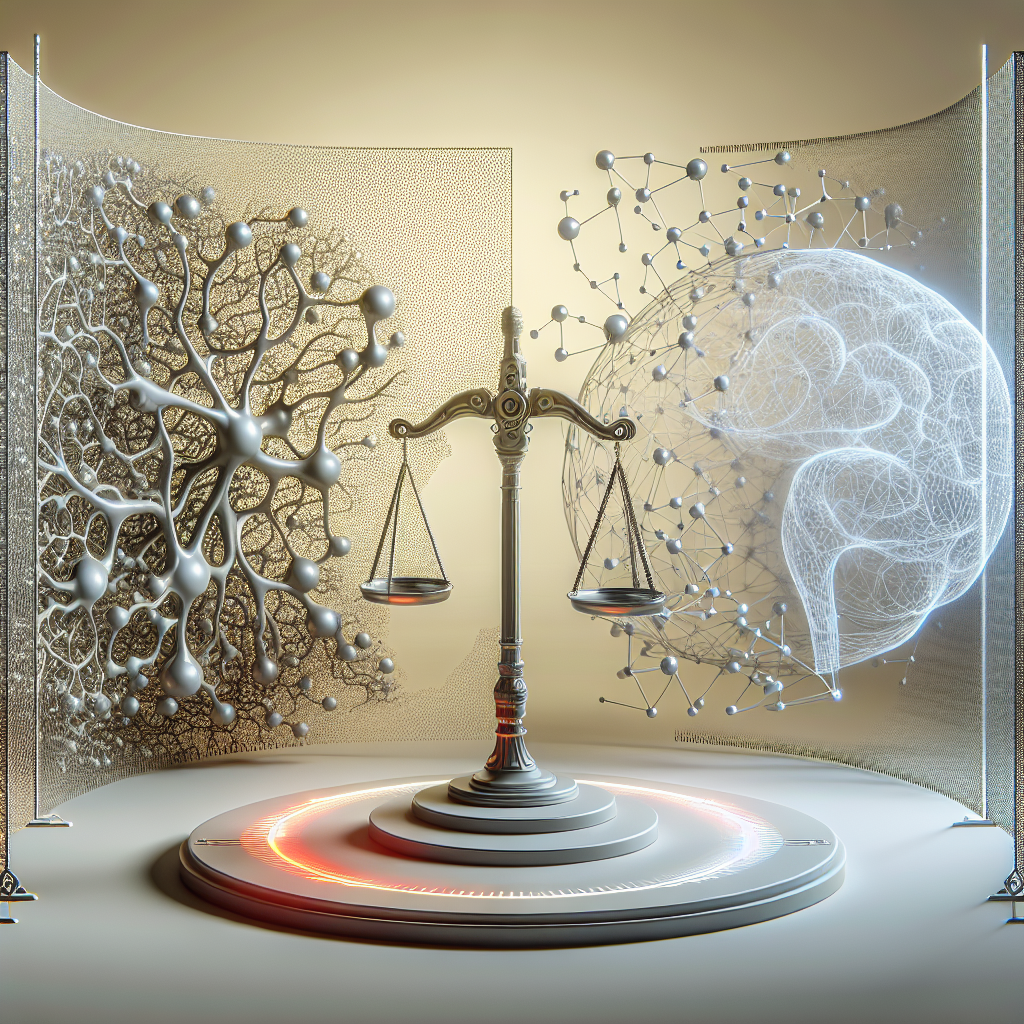Enhancing Transparency and Accountability through AI
In recent years, the use of artificial intelligence (AI) has become increasingly prevalent in various industries, including the government and public sector. One of the key benefits of AI is its ability to enhance transparency and accountability, two crucial aspects of governance that are essential for maintaining public trust and confidence. By leveraging AI technologies, governments and organizations can improve their decision-making processes, reduce corruption, and promote greater accountability to the public.
Transparency and accountability are essential components of good governance. Transparency refers to the openness and accessibility of information, while accountability refers to the responsibility of individuals and organizations to deliver on their commitments and obligations. When governments and organizations operate with transparency and accountability, they are better able to build trust with their constituents and stakeholders, leading to more effective and efficient governance.
AI has the potential to enhance transparency and accountability in several ways. One of the key ways in which AI can improve transparency is through the analysis of large datasets and the identification of patterns and trends that may not be immediately apparent to human analysts. By using AI algorithms to analyze data, governments and organizations can uncover insights that can help them make more informed decisions and improve their operations.
For example, AI can be used to analyze financial data to detect patterns of fraud or corruption. By leveraging machine learning algorithms, governments can identify suspicious transactions or anomalies in financial records that may indicate fraudulent activity. This can help prevent corruption and ensure that public funds are used for their intended purposes.
AI can also enhance accountability by providing greater visibility into decision-making processes. By using AI-powered tools to track and monitor the actions of government officials and employees, organizations can ensure that individuals are held accountable for their actions. For example, AI can be used to monitor the performance of public officials and flag any instances of misconduct or unethical behavior.
Furthermore, AI can help improve transparency by automating the process of reporting and disclosure. By using AI-powered tools to generate reports and communicate information to the public, governments and organizations can ensure that important information is readily available and easily accessible to all stakeholders. This can help promote greater transparency and ensure that decision-making processes are open and accountable.
In addition to improving transparency and accountability, AI can also help governments and organizations streamline their operations and improve efficiency. By automating routine tasks and processes, AI can free up human resources to focus on more strategic and high-value activities. This can help organizations operate more efficiently and effectively, leading to better outcomes for the public.
Despite the numerous benefits of AI in enhancing transparency and accountability, there are also challenges and concerns that need to be addressed. One of the key challenges is the potential for bias in AI algorithms. If AI systems are trained on biased data or programmed with biased assumptions, they may produce results that are unfair or discriminatory. This can undermine the goal of promoting transparency and accountability and erode public trust in AI technologies.
To address this challenge, governments and organizations must ensure that AI systems are developed and deployed in a transparent and responsible manner. This includes conducting thorough audits of AI algorithms to identify and mitigate bias, as well as ensuring that AI systems are designed with fairness and equity in mind. Additionally, organizations should be transparent about how AI systems are used and be open to feedback from stakeholders to address any concerns that may arise.
Another concern related to the use of AI in enhancing transparency and accountability is the potential for privacy violations. AI systems can collect and analyze vast amounts of data, raising privacy concerns about how this data is used and protected. To address these concerns, governments and organizations must implement robust data protection measures and ensure that AI systems comply with relevant privacy laws and regulations.
Despite these challenges, the potential benefits of using AI to enhance transparency and accountability are significant. By leveraging AI technologies, governments and organizations can improve decision-making processes, reduce corruption, and promote greater accountability to the public. As AI continues to evolve and become more sophisticated, its role in enhancing transparency and accountability is likely to grow, leading to more effective and efficient governance.
FAQs
Q: How can AI improve transparency in government operations?
A: AI can improve transparency in government operations by analyzing large datasets to uncover patterns and trends that may not be immediately apparent to human analysts. This can help governments make more informed decisions and ensure that public funds are used for their intended purposes.
Q: What are some examples of how AI can enhance accountability?
A: AI can enhance accountability by providing greater visibility into decision-making processes and monitoring the actions of government officials and employees. By using AI-powered tools to track performance and flag instances of misconduct, organizations can ensure that individuals are held accountable for their actions.
Q: What are some challenges and concerns related to the use of AI in enhancing transparency and accountability?
A: Some challenges related to the use of AI in enhancing transparency and accountability include bias in AI algorithms and privacy violations. To address these concerns, organizations must ensure that AI systems are developed and deployed in a transparent and responsible manner, with robust data protection measures in place.
Q: How can organizations ensure that AI systems are fair and unbiased?
A: Organizations can ensure that AI systems are fair and unbiased by conducting thorough audits of AI algorithms to identify and mitigate bias, as well as designing AI systems with fairness and equity in mind. It is also important to be transparent about how AI systems are used and open to feedback from stakeholders to address any concerns.

